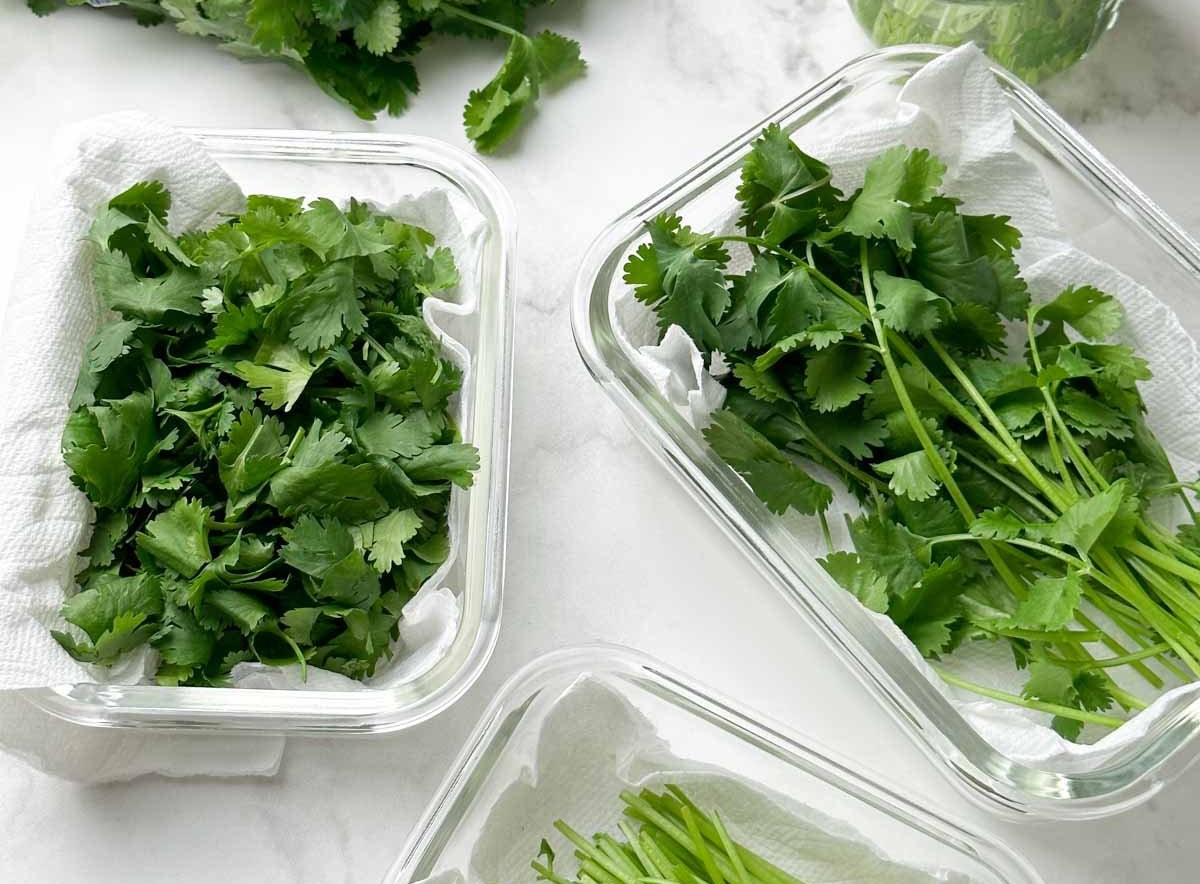

Articles
How To Store Cilantro At Home
Modified: February 24, 2024
Learn the best methods for storing cilantro at home in this informative article. Keep your cilantro fresh and flavorful for longer with these helpful tips and tricks.
(Many of the links in this article redirect to a specific reviewed product. Your purchase of these products through affiliate links helps to generate commission for Storables.com, at no extra cost. Learn more)
Introduction
Welcome to the world of fresh herbs! Cilantro, also known as coriander, is a versatile herb that adds a burst of flavor and aroma to a wide range of dishes. From salsas and salads to curries and soups, this herb is a staple in many cuisines around the world. However, one common challenge that cilantro lovers face is how to store it properly to maintain its freshness and vibrant flavor.
Properly storing cilantro at home is essential to maximize its shelf life and ensure that it stays fresh and usable for as long as possible. By learning the best ways to store cilantro and following a few simple tips and tricks, you can enjoy the bright flavor and aromatic goodness of this herb whenever you need it.
In this article, we will explore the importance of storing cilantro properly, as well as the best methods to keep it fresh and flavorful. Whether you’re a seasoned cook or just starting your culinary journey, these storage techniques will help you make the most of your cilantro stash. So let’s dive in and discover how to store cilantro at home!
Key Takeaways:
- Properly storing cilantro is crucial for preserving its freshness, flavor, and aroma. By following simple techniques such as refrigerating in water or wrapping in a damp paper towel, you can extend its shelf life and enjoy its vibrant taste for up to two weeks.
- Freezing cilantro in oil or water cubes is an excellent option for long-term storage, allowing you to have a readily available stash of this aromatic herb. By using stored cilantro effectively in your recipes, you can maximize its freshness and enhance the flavors of your dishes.
Read more: How To Store Cilantro
Why Storing Cilantro Properly is Important
Properly storing cilantro is crucial for preserving its freshness and flavor. Cilantro leaves are delicate and prone to wilting and spoilage, especially if not stored correctly. Here are a few reasons why storing cilantro properly is important:
1. Extended Shelf Life: When stored properly, cilantro can stay fresh for a longer period. This means you can have cilantro on hand whenever you need it, without worrying about it going bad before you have a chance to use it.
2. Retained Flavor: Fresh cilantro leaves have a vibrant and distinctive flavor that can elevate the taste of various dishes. By storing cilantro properly, you can preserve its powerful aroma and flavor, ensuring that it adds the perfect touch to your culinary creations.
3. Cost-saving: Buying fresh cilantro regularly can be expensive, especially if you enjoy using it in your cooking frequently. Properly storing cilantro allows you to buy it in larger bunches or grow your own, saving you money in the long run.
4. Availability: Sometimes, finding fresh cilantro at your local grocery store can be a challenge. By storing cilantro properly, you can have a stash of this herb ready to use whenever you need it, even if it’s not readily available in stores.
5. Waste Reduction: When cilantro is not stored properly and starts to wilt or spoil, it often ends up being thrown away. Storing cilantro correctly reduces waste and helps you make the most of this flavorful herb.
Now that you understand the importance of proper cilantro storage, let’s explore the best ways to store cilantro to maintain its freshness and flavor.
Best Ways to Store Cilantro at Home
When it comes to storing cilantro, a few simple techniques can make a world of difference in preserving its freshness. Here are the best ways to store cilantro at home:
1. Refrigerating cilantro in water: One of the easiest and most effective ways to store cilantro is by placing the stems in a glass of water. Trim the ends of the cilantro bunch, place it in a jar or glass filled with an inch of water, and cover it loosely with a plastic bag. Keep it in the refrigerator, changing the water every few days, and your cilantro will stay crisp and fresh for up to two weeks.
2. Wrapping cilantro in a damp paper towel: Another method to keep cilantro fresh is by wrapping it in a damp paper towel. Simply dampen a paper towel, wrap it around the cilantro bunch, and store it in a perforated plastic bag in the refrigerator. The damp towel helps retain moisture, while the perforations allow for proper airflow. This technique can keep cilantro fresh for about a week.
3. Storing cilantro in a ziplock bag: If you don’t have a perforated plastic bag, you can use a ziplock bag instead. Place the cilantro in a ziplock bag, squeeze out excess air, and seal it. Make sure to leave the bag slightly open to allow for some airflow. Store it in the refrigerator, and your cilantro should stay fresh for up to a week.
4. Freezing cilantro in oil or water: Freezing is an excellent option if you have an abundance of cilantro or want to keep it for an extended period. You can freeze cilantro by chopping the leaves and either packing them into ice cube trays filled with water or blending them with a little oil and storing the mixture in ice cube trays. Once frozen, transfer the cilantro cubes to a freezer bag and use them as needed in your recipes.
These methods will help you store cilantro and maintain its freshness for as long as possible. However, it’s essential to know how to use stored cilantro without losing its freshness.
Refrigerating Cilantro in Water
Refrigerating cilantro in water is a simple and effective method to keep the leaves fresh and vibrant for an extended period. Here’s how you can do it:
Step 1: Start by preparing the cilantro. Remove any damaged or wilted leaves and trim the ends of the stems.
Step 2: Fill a glass or jar with about an inch of water. The container should be tall enough to accommodate the cilantro stems without bending them.
Step 3: Place the cilantro bunch in the jar, ensuring that the stems are submerged in the water while the leaves remain above the surface.
Step 4: Loosely cover the cilantro with a plastic bag. This helps retain moisture and prevent the leaves from drying out.
Step 5: Store the jar in the refrigerator. It’s best to place it in the vegetable compartment or on a shelf away from direct airflow.
Step 6: Check the water every few days and replace it if it becomes cloudy or murky. This helps maintain the freshness of the cilantro.
Refrigerating cilantro in water can keep the herb fresh and vibrant for up to two weeks. However, it’s essential to keep in mind a few tips:
- Don’t wash the cilantro before storing it. Excess moisture can cause the leaves to become slimy or lose their flavor.
- If the cilantro came in a bunch tied with a rubber band, remove the band before storing it. The band can constrict the stems and prevent proper water absorption.
- Make sure the cilantro is completely dry before placing it in the jar. Excess moisture can encourage mold growth.
- If the cilantro starts to wilt or some leaves turn yellow, trim the ends of the stems and place it in fresh water. This can revive the herb and extend its shelf life.
Refrigerating cilantro in water is an excellent method for keeping this delicate herb fresh and readily accessible for your culinary endeavors. Remember to change the water regularly and enjoy using fresh cilantro in your favorite dishes!
Wrapping Cilantro in a Damp Paper Towel
Another effective method to store cilantro and maintain its freshness is by wrapping it in a damp paper towel. This technique helps retain moisture and prevents the leaves from wilting. Here’s how you can do it:
Step 1: Start by preparing the cilantro. Remove any damaged or discolored leaves and trim the ends of the stems.
Step 2: Take a clean and damp paper towel. You can wet it under running water or dampen it using a spray bottle.
Step 3: Gently wrap the damp paper towel around the cilantro bunch. Ensure that all the leaves are covered and the towel is in direct contact with the stems.
Step 4: Place the wrapped cilantro in a perforated plastic bag or a loosely sealed plastic bag. The perforations allow for proper airflow, preventing excess moisture buildup.
Step 5: Store the bag in the vegetable compartment of your refrigerator or on a shelf away from strong airflow.
Step 6: Check the paper towel periodically to ensure it stays damp. If it dries out, re-dampen it to maintain the moisture level.
By wrapping cilantro in a damp paper towel, you can extend its freshness for about a week. Here are a few additional tips to consider:
- Avoid wrapping the cilantro too tightly. This can cause the leaves to bruise and result in faster wilting.
- Ensure that the paper towel is only damp, not soaking wet. Excess moisture can lead to mold formation.
- If you notice any wilted leaves, remove them to prevent them from affecting the rest of the cilantro.
- Consider using a reusable, moisture-absorbing cloth, such as a microfiber cloth, instead of a paper towel. This can help reduce waste and provide better moisture regulation.
Keep in mind that while this method is effective for short-term storage, cilantro may lose some of its freshness and flavor over time. It’s best to use the wrapped cilantro within a week for the best culinary experience.
With the help of a damp paper towel, you can ensure that your cilantro stays fresh and ready to enhance the flavors of your favorite dishes.
To store cilantro at home, trim the stems, place in a jar with water, cover with a plastic bag, and store in the refrigerator. Change the water every few days to keep it fresh.Read more: How To Store Cilantro In Freezer
Storing Cilantro in a Ziplock Bag
If you don’t have a perforated plastic bag available, storing cilantro in a ziplock bag is a convenient alternative. This method helps retain moisture and keeps the cilantro fresh for a moderate period. Here’s how you can do it:
Step 1: Prepare the cilantro by removing any damaged or yellowed leaves and trimming the ends of the stems.
Step 2: Place the cilantro gently inside a clean, resealable ziplock bag.
Step 3: Squeeze out as much air as possible from the bag, then seal it partially, leaving a small opening for airflow.
Step 4: Store the bag of cilantro in the vegetable compartment of your refrigerator or on a shelf where it won’t be crushed.
Step 5: Check the bag periodically and make sure it remains slightly open for proper ventilation. This will help prevent excess moisture buildup.
Storing cilantro in a ziplock bag can keep it fresh for up to a week. Here are a few additional tips to consider:
- For longer-term storage, consider placing the bag of cilantro inside a breathable produce bag or a loosely sealed plastic bag. This will provide an extra layer of protection against moisture loss.
- Always handle the cilantro gently to avoid bruising the leaves, as any damage can accelerate wilting and spoilage.
- If you notice any condensation or excessive moisture inside the bag, remove the cilantro, dry it gently using a paper towel, and return it to the bag.
- If you prefer to store individual servings of cilantro, you can divide the bunch into smaller portions and place them in separate, labeled ziplock bags.
Although storing cilantro in a ziplock bag is a convenient method, it’s important to note that the herb may lose some freshness and flavor over time. It’s best to use the stored cilantro within a week for optimal taste and quality.
This method is particularly useful for those who prefer to have cilantro readily available for various recipes or when a perforated bag is not accessible. By following these steps, you can ensure that your cilantro stays fresh and flavorful, ready to enhance the taste of your culinary creations.
Freezing Cilantro in Oil or Water
If you have a surplus of cilantro or want to store it for an extended period, freezing is an excellent option. Freezing cilantro helps retain its flavor and allows you to have a stash of fresh cilantro whenever you need it. Here’s how you can freeze cilantro:
Freezing in Water:
Step 1: Start by preparing the cilantro. Remove any damaged leaves and discard any thick stems.
Step 2: Wash the cilantro thoroughly under cold water to remove any dirt or debris.
Step 3: Pat the cilantro dry using a clean kitchen towel or paper towel. It’s essential to remove as much moisture as possible since excess water can lead to icy and clumpy cilantro.
Step 4: Finely chop the cilantro leaves and place them in ice cube trays, filling each compartment about three-quarters full.
Step 5: Pour water over the chopped cilantro, filling each compartment to cover the herbs.
Step 6: Place the ice cube trays in the freezer and allow the cilantro to freeze completely, usually within a few hours.
Freezing in Oil:
Step 1: Follow steps 1 to 3 above, washing and drying the cilantro.
Step 2: Finely chop the cilantro leaves and place them in each compartment of an ice cube tray, filling about three-quarters full.
Step 3: Pour olive oil or any other cooking oil of your choice over the chopped cilantro, filling each compartment to cover the herb completely.
Step 4: Place the ice cube trays in the freezer and allow the cilantro to freeze completely.
Step 5: Once frozen, transfer the cilantro cubes into a freezer bag, removing as much air as possible. Label the bag with the date for future reference.
When you need cilantro for your recipes, simply take out the desired number of cubes and add them directly to your dish. Frozen cilantro can be used in soups, stews, sauces, and marinades. However, it’s important to note that frozen cilantro may lose some of its texture and freshness compared to fresh cilantro.
By freezing cilantro in water or oil, you can preserve its flavor and have a readily available stash of this aromatic herb. Experiment with both methods to see which one suits your cooking style and preferences best.
How to Use Stored Cilantro Without Losing Freshness
Using stored cilantro while maintaining its freshness is a key concern for many home cooks. Here are some tips to help you make the most of your stored cilantro:
1. Plan your meals: Before using stored cilantro, plan your meals in advance to ensure that you incorporate it into your recipes while it’s still fresh. This will help prevent unnecessary waste and maximize the flavor of your dishes.
2. Add cilantro towards the end of cooking: To preserve the vibrant flavors of cilantro, it’s best to add it towards the end of the cooking process. Adding cilantro too early can result in a loss of flavor and aroma due to prolonged exposure to heat.
3. Use frozen cilantro directly: If you’ve stored cilantro in the freezer, you can use the frozen cubes directly in your recipes. There’s no need to thaw the cilantro beforehand, as freezing helps retain its flavor. Simply drop the frozen cilantro cube into your dish, and it will thaw naturally as it cooks.
4. Avoid excessive heat: When using stored cilantro, avoid exposing it to excessive heat for an extended period. High temperatures can cause the herb to wilt quickly and lose its freshness. Add cilantro to your dish just before serving to preserve its vibrant flavors.
5. Garnish with cilantro: A great way to use stored cilantro is as a garnish. Sprinkle freshly chopped cilantro on top of your finished dishes, such as soups, curries, salads, or tacos. The bright green color and aromatic flavors will enhance the presentation and taste of your meals.
6. Make cilantro-based sauces and dressings: If you have a surplus of cilantro, consider making sauces or dressings that can be stored separately. Blend fresh cilantro with other ingredients like garlic, lime juice, and olive oil to create a flavorful sauce or dressing. These can be used to add a burst of cilantro goodness to various dishes.
7. Use in cold dishes: Cilantro adds a refreshing element to cold dishes like salads, salsas, and guacamole. Incorporating stored cilantro into these recipes can help maintain its freshness and vibrant taste.
Remember, while stored cilantro may not have the same texture and aroma as fresh cilantro, it can still contribute to the overall flavor of your dishes. By following these tips, you can make the most of your stored cilantro and continue to enjoy its delightful taste.
Tips and Tricks for Storing Cilantro Effectively
Storing cilantro properly is essential to maintain its freshness and flavor. Here are some tips and tricks to help you store cilantro effectively:
1. Buy fresh cilantro: Start with fresh cilantro from a reputable source. Look for vibrant green leaves without any signs of wilting or yellowing. Fresh cilantro will have a stronger aroma and flavor, which will enhance your dishes.
2. Handle with care: Cilantro leaves are delicate, so handle them with care to avoid bruising or crushing them. Gentle handling helps preserve the integrity and freshness of the leaves.
3. Trim the stems: Before storing cilantro, trim the ends of the stems. This not only promotes water absorption but also eliminates any wilted or damaged parts of the herb.
4. Avoid excess moisture: While it’s important to keep cilantro moist, too much moisture can lead to wilting and deterioration. Make sure to dry the cilantro thoroughly after washing and before storing it.
5. Store upright in water: For short-term storage, place the trimmed cilantro in a glass or jar filled with about an inch of water. Cover it loosely with a plastic bag and store it in the refrigerator. This method helps maintain freshness by providing hydration to the stems.
6. Wrap in a damp paper towel: If you prefer not to store cilantro in water, wrapping it in a damp paper towel helps retain moisture. This method prevents the leaves from drying out and extends the shelf life of the herb.
7. Use perforated bags: If you store cilantro in a plastic bag, make sure it is perforated to allow proper airflow. This prevents excess moisture buildup, which can accelerate spoilage.
8. Freeze for long-term storage: If you have a surplus of cilantro, consider freezing it for long-term storage. Chop the leaves and pack them into ice cube trays filled with water or blend them with a little oil and freeze the mixture in ice cube trays. Once frozen, transfer the cilantro cubes to a freezer bag. This method preserves the flavor of cilantro for several months.
9. Label and date: When storing cilantro, label the container or bag with the date of storage. This helps you keep track of its freshness and prevents using cilantro that has been stored for too long.
10. Rotate your stock: If you frequently use cilantro, make sure to rotate your stock. Use the older bunches first before moving on to the fresher ones. This will prevent cilantro from going bad or losing its flavor.
By following these tips and tricks, you can store cilantro effectively and enjoy its freshness and flavor for an extended period. Experiment with different storage methods to find the one that works best for you and your culinary needs.
Read more: How To Store Cilantro For Months
Conclusion
Cilantro is a versatile herb that adds a pop of flavor and freshness to countless dishes. Knowing how to store cilantro properly is key to ensuring its longevity and preserving its vibrant taste. By implementing the best storage methods and following a few tips and tricks, you can enjoy the benefits of cilantro for an extended period.
We’ve explored various techniques for storing cilantro, including refrigerating it in water, wrapping it in a damp paper towel, storing it in a ziplock bag, and freezing it in oil or water. Each method offers its own benefits, depending on your preference and the duration of storage needed.
It’s important to use stored cilantro effectively to prevent any loss of flavor. Adding cilantro towards the end of cooking, using it as a garnish, or incorporating it into cold dishes are great ways to maximize its freshness. Additionally, freezing cilantro in oil or water cubes allows you to access fresh cilantro throughout the year, even when it’s not in season.
Remember to follow the recommended guidelines for handling and storing cilantro. Trim the stems, avoid excessive moisture, and handle the leaves gently to prevent damage and wilting. By implementing these precautions, you can maintain the quality of your cilantro stash.
Whether you’re a professional chef or an enthusiastic home cook, knowing how to store cilantro properly is an essential skill to enhance your culinary creations. With the right storage techniques, you can enjoy the vibrant flavors and aromatic goodness of cilantro whenever you need it.
So, next time you bring home a fresh bunch of cilantro, remember these tips and tricks to store it effectively and make the most of its delightful taste. Happy cooking and enjoy the flavors that cilantro brings to your dishes!
Frequently Asked Questions about How To Store Cilantro At Home
Was this page helpful?
At Storables.com, we guarantee accurate and reliable information. Our content, validated by Expert Board Contributors, is crafted following stringent Editorial Policies. We're committed to providing you with well-researched, expert-backed insights for all your informational needs.
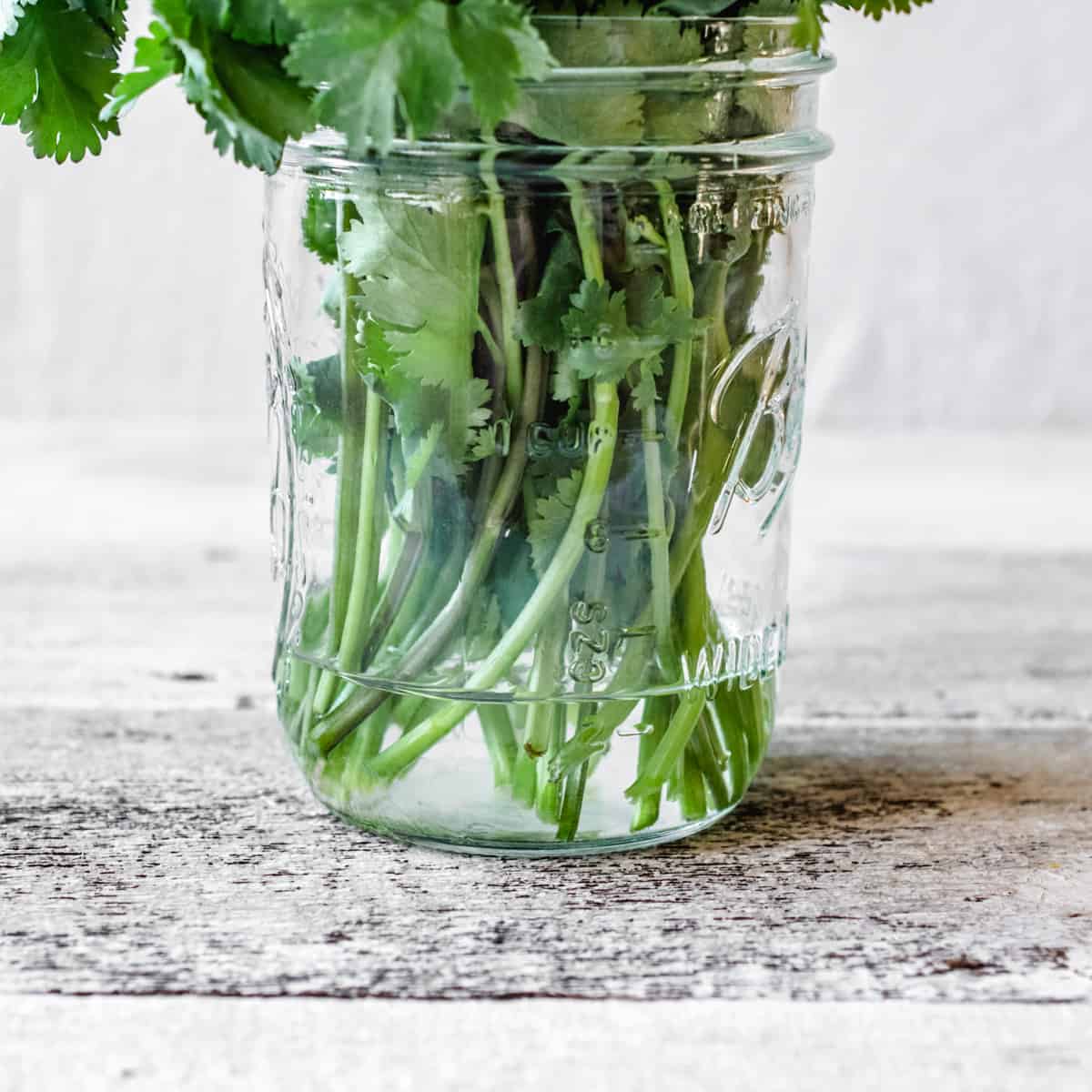
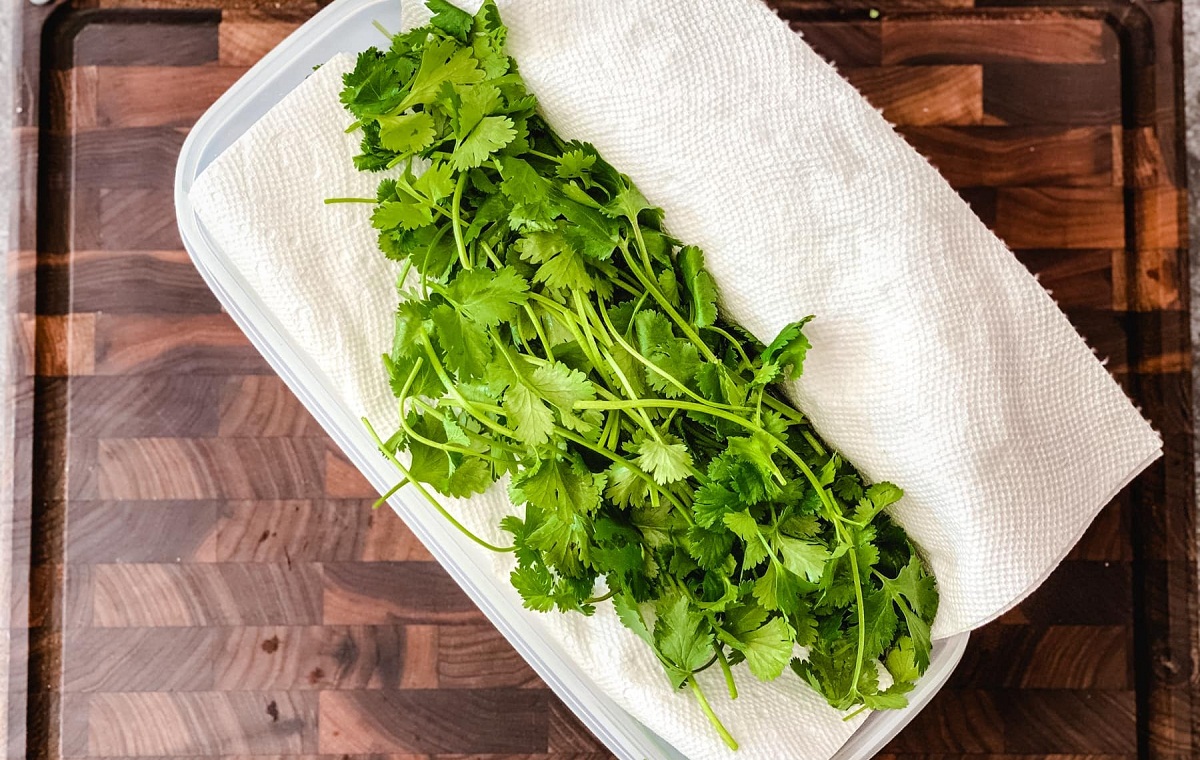
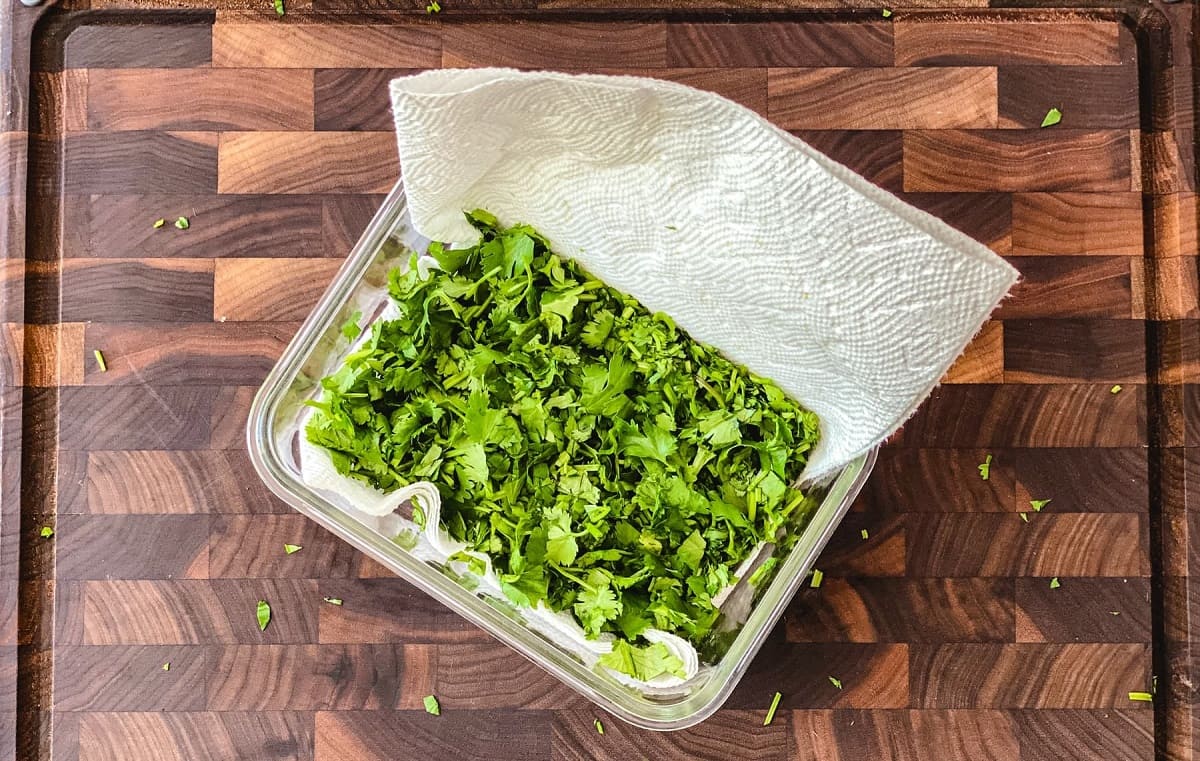
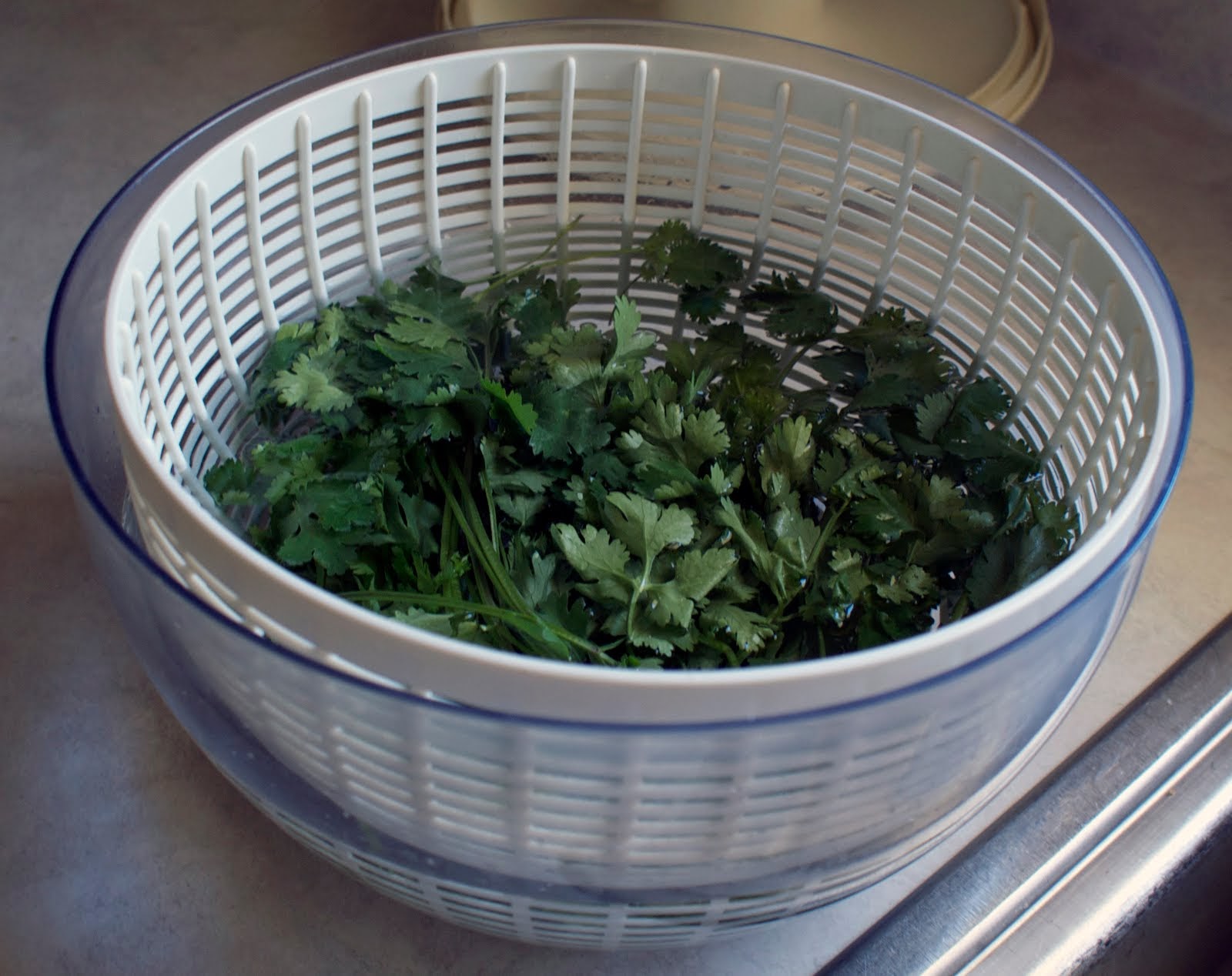
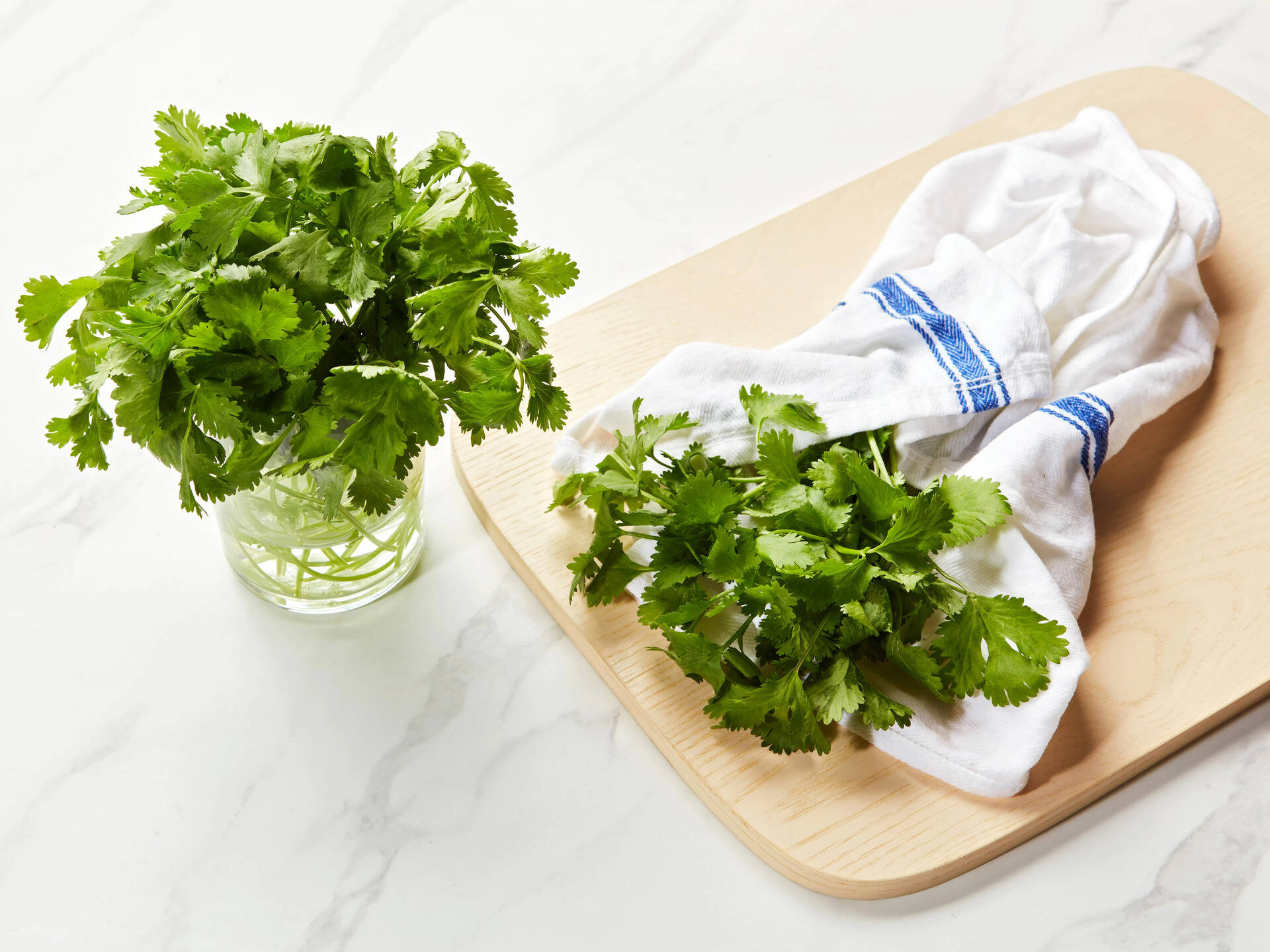
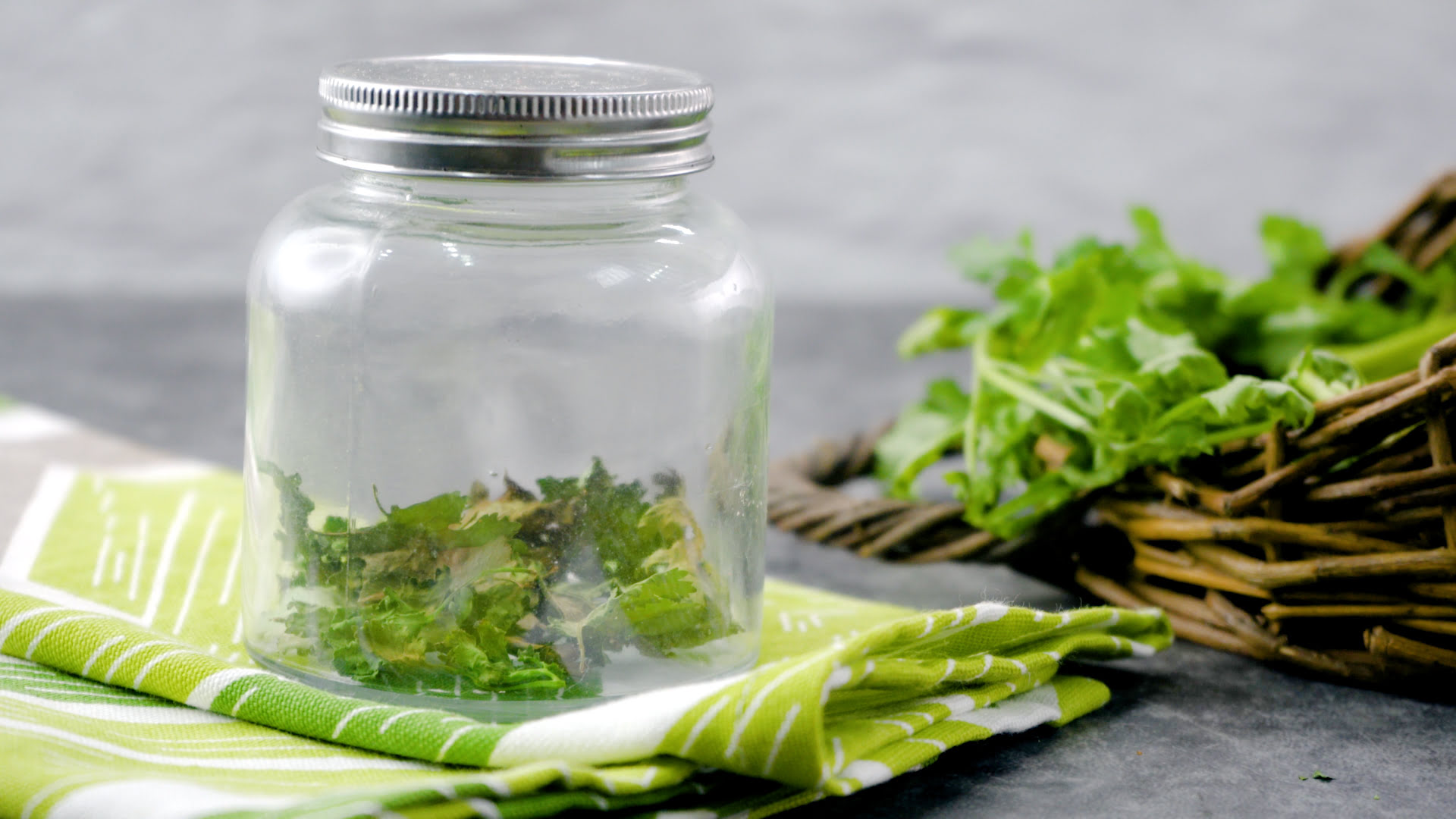
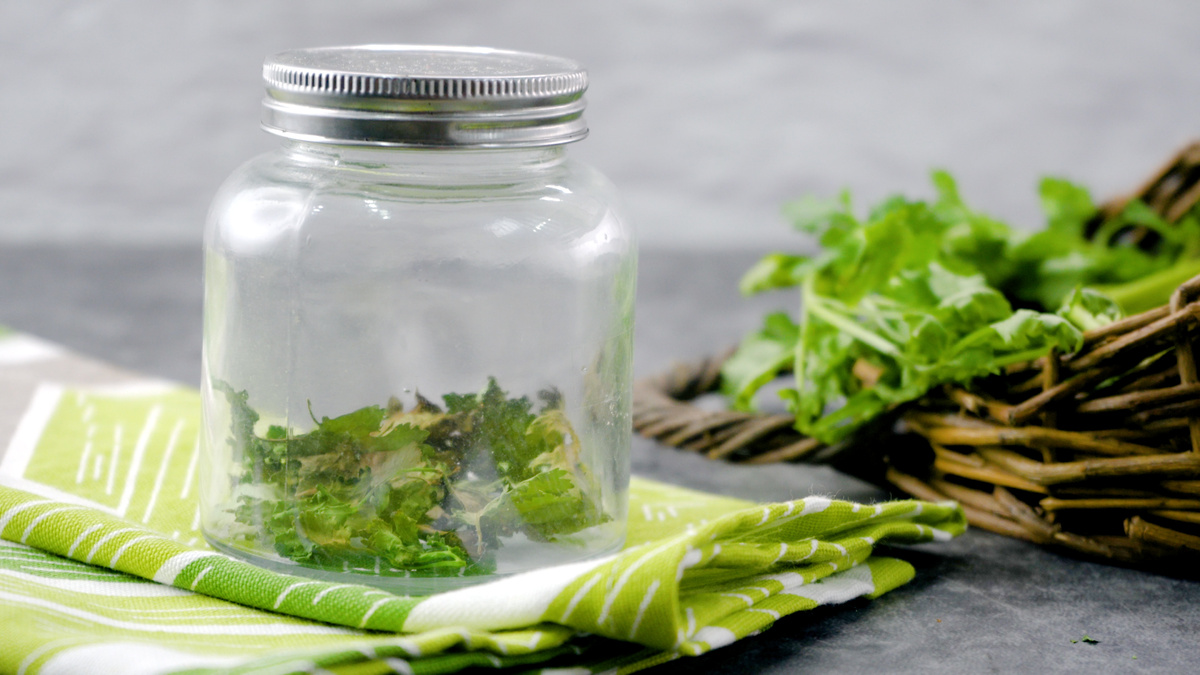
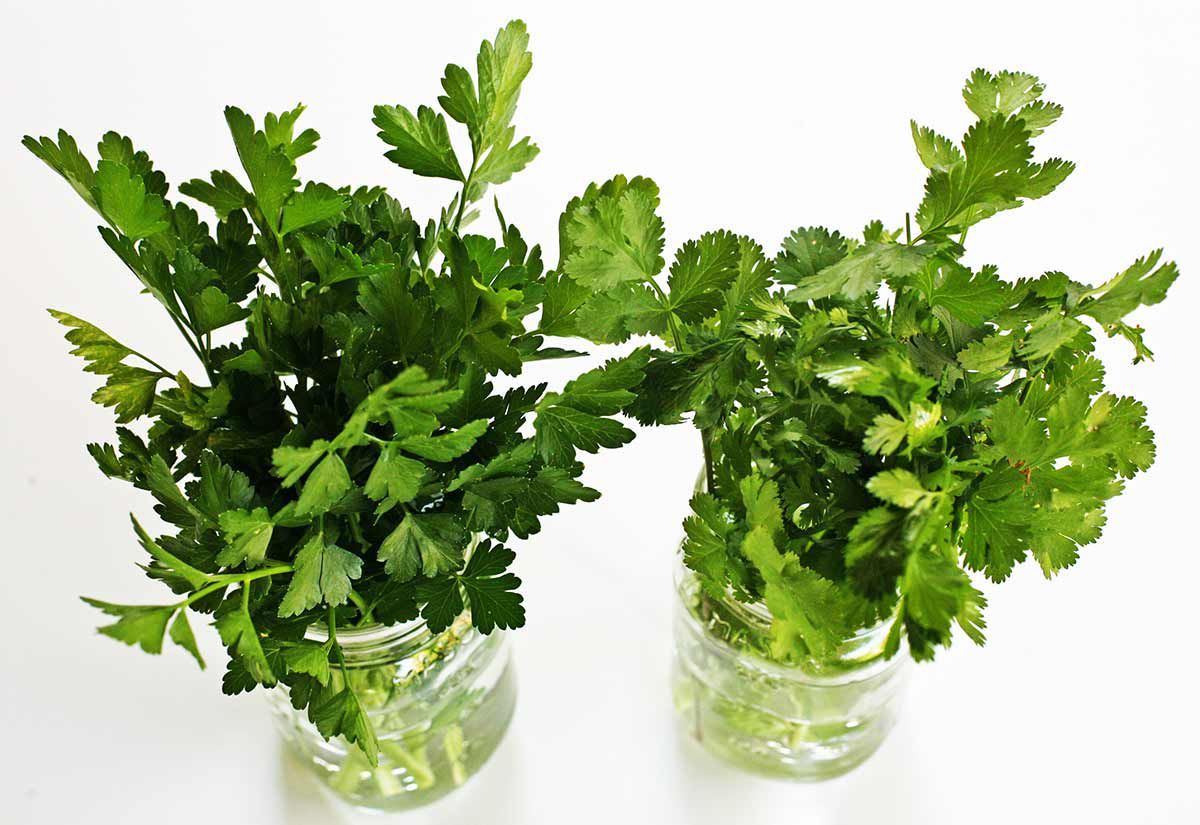
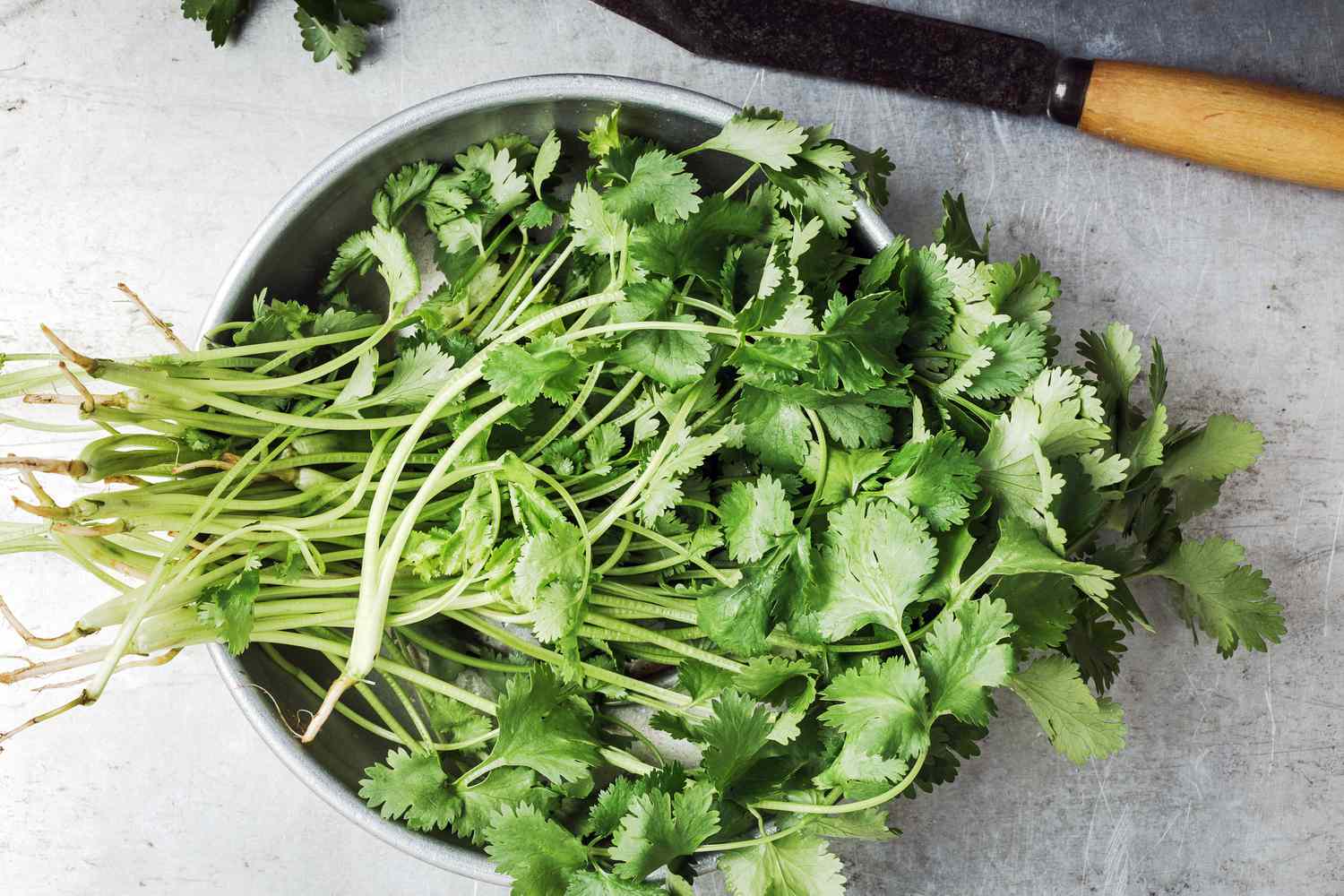
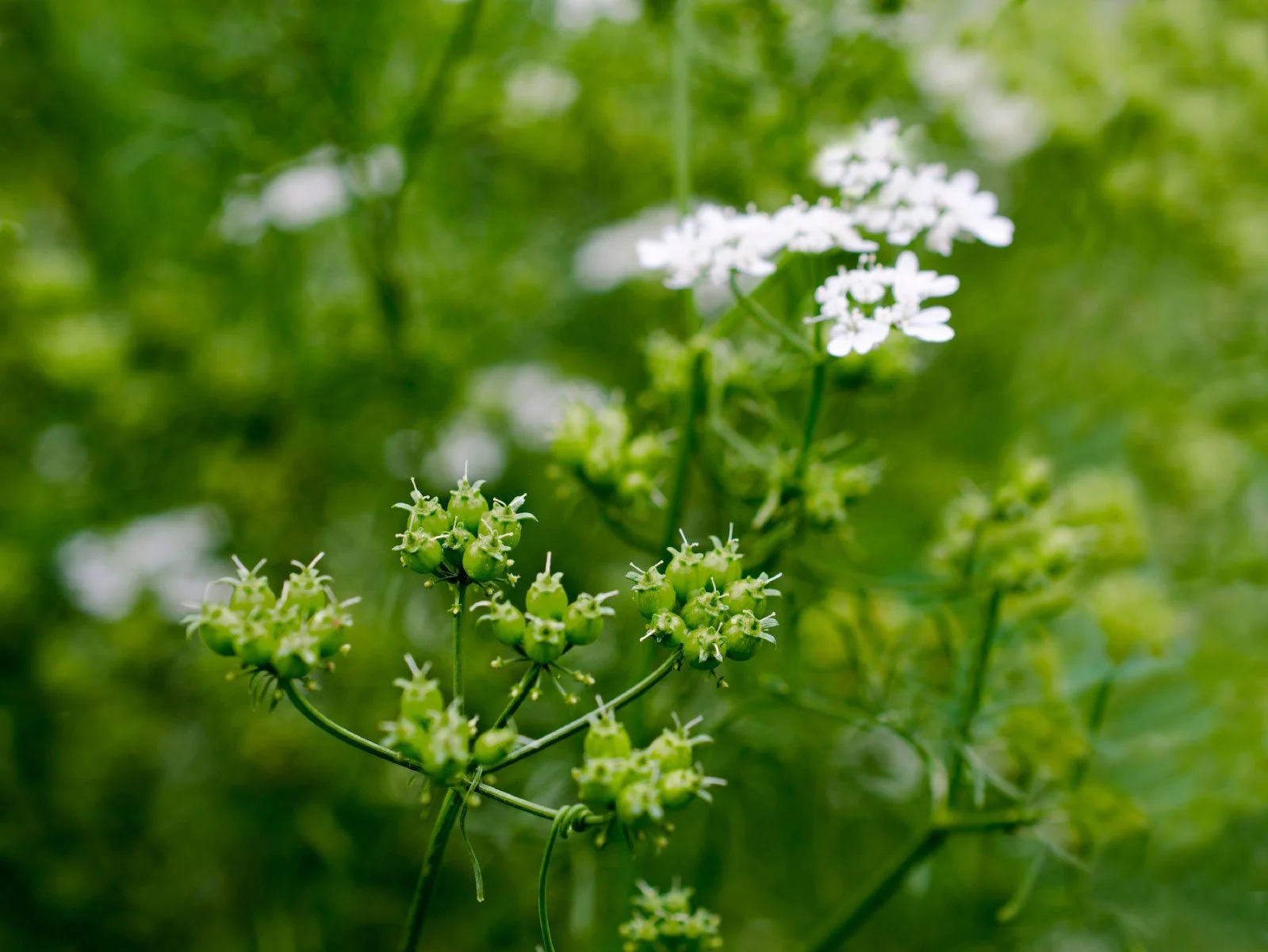
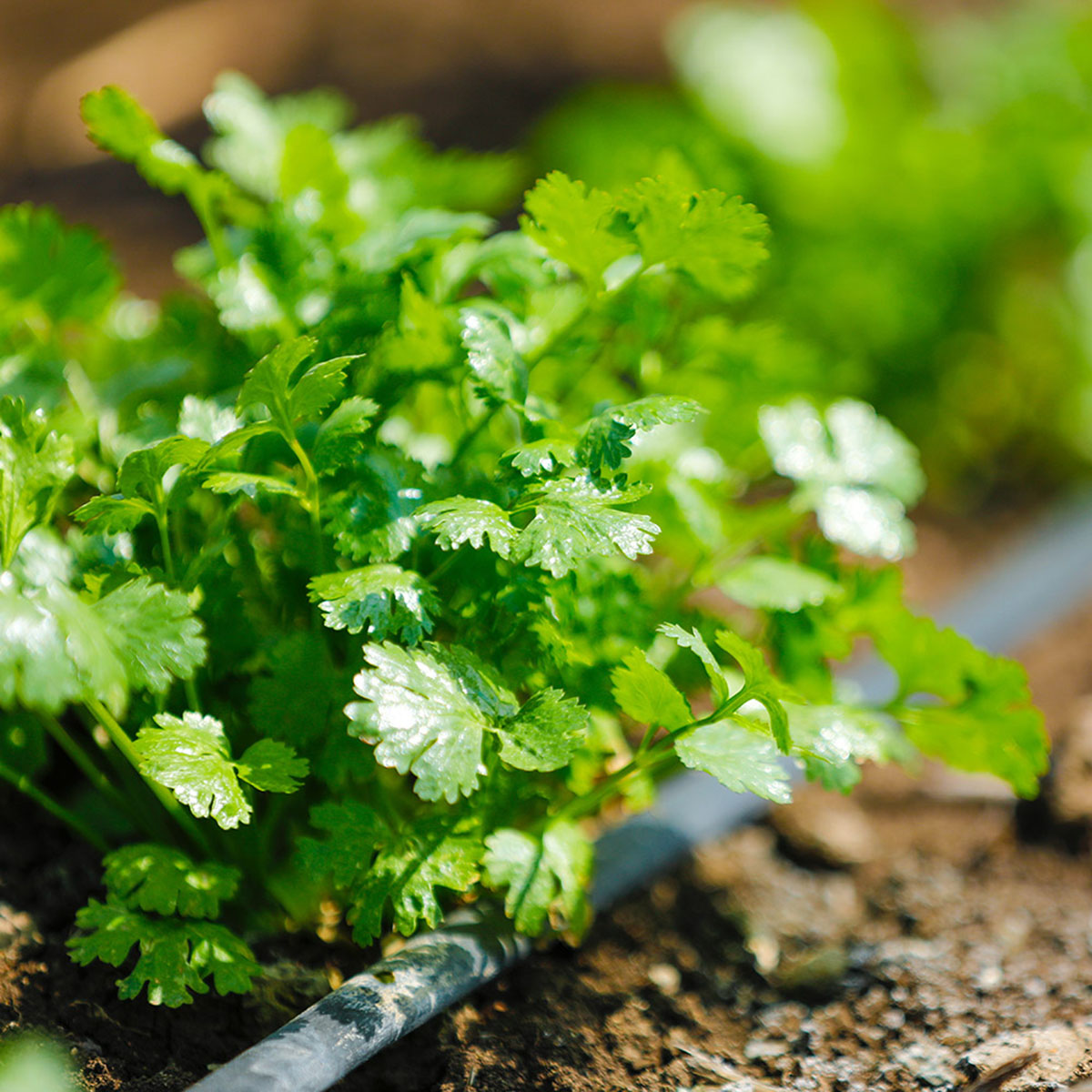
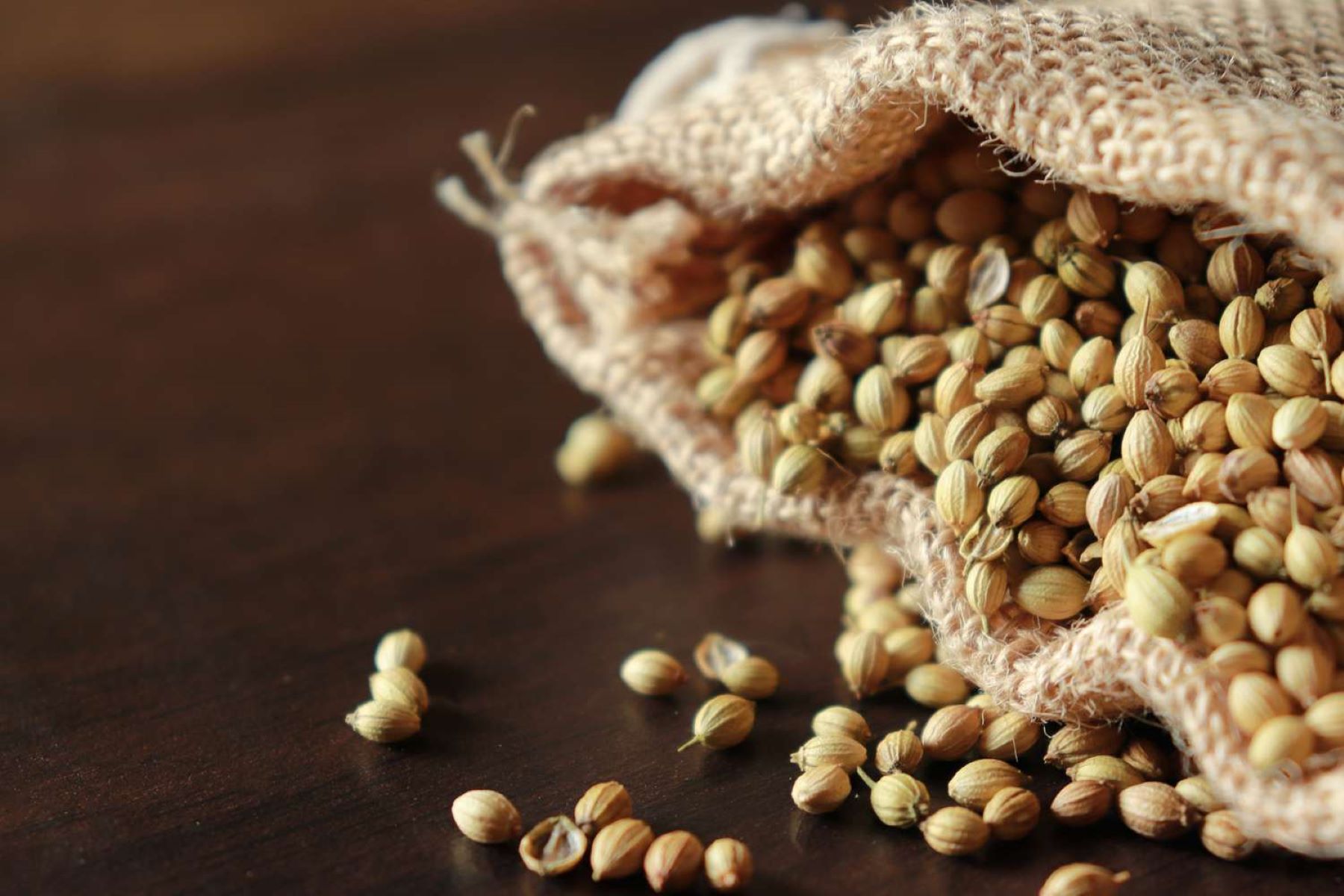
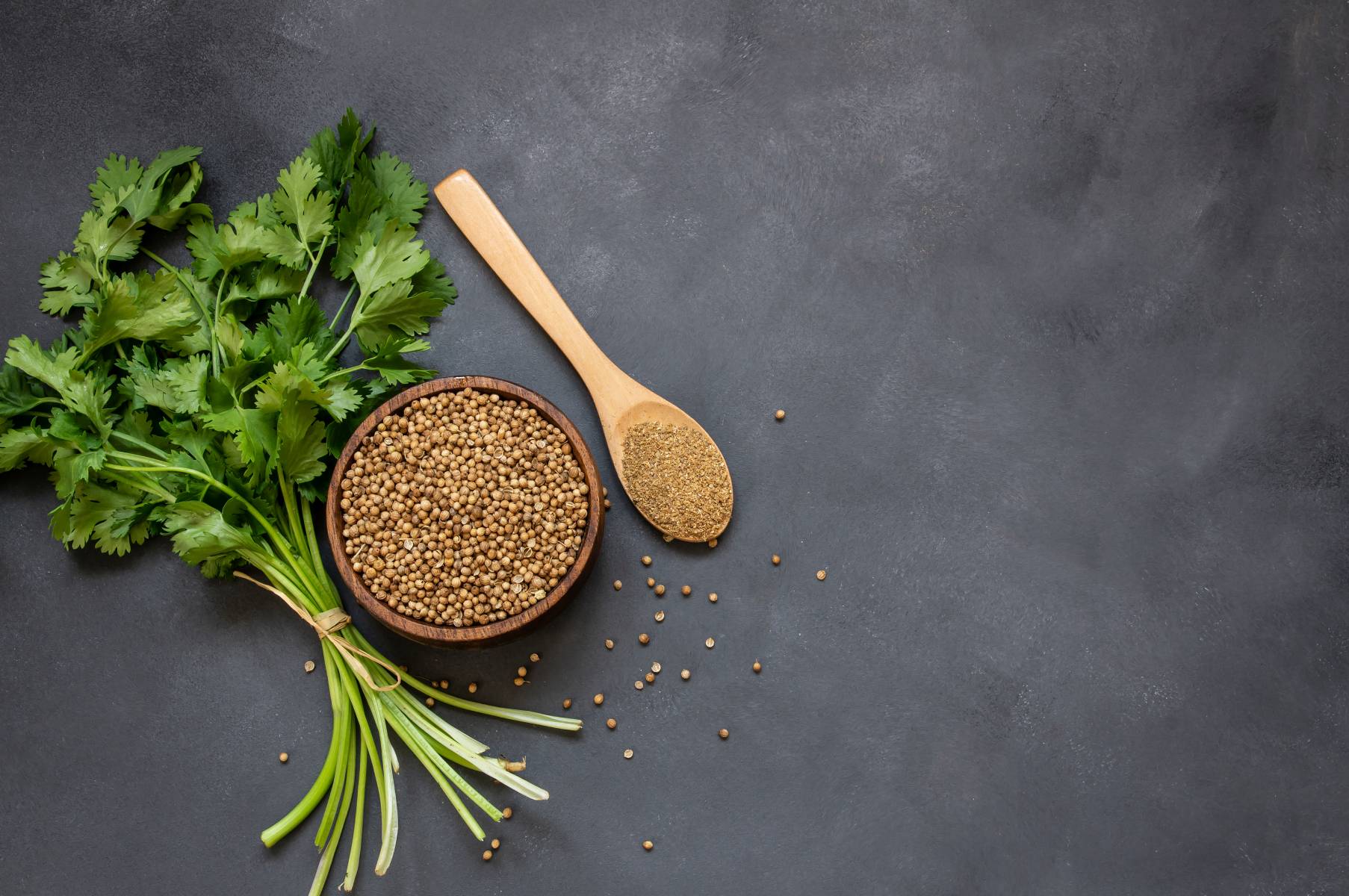

0 thoughts on “How To Store Cilantro At Home”